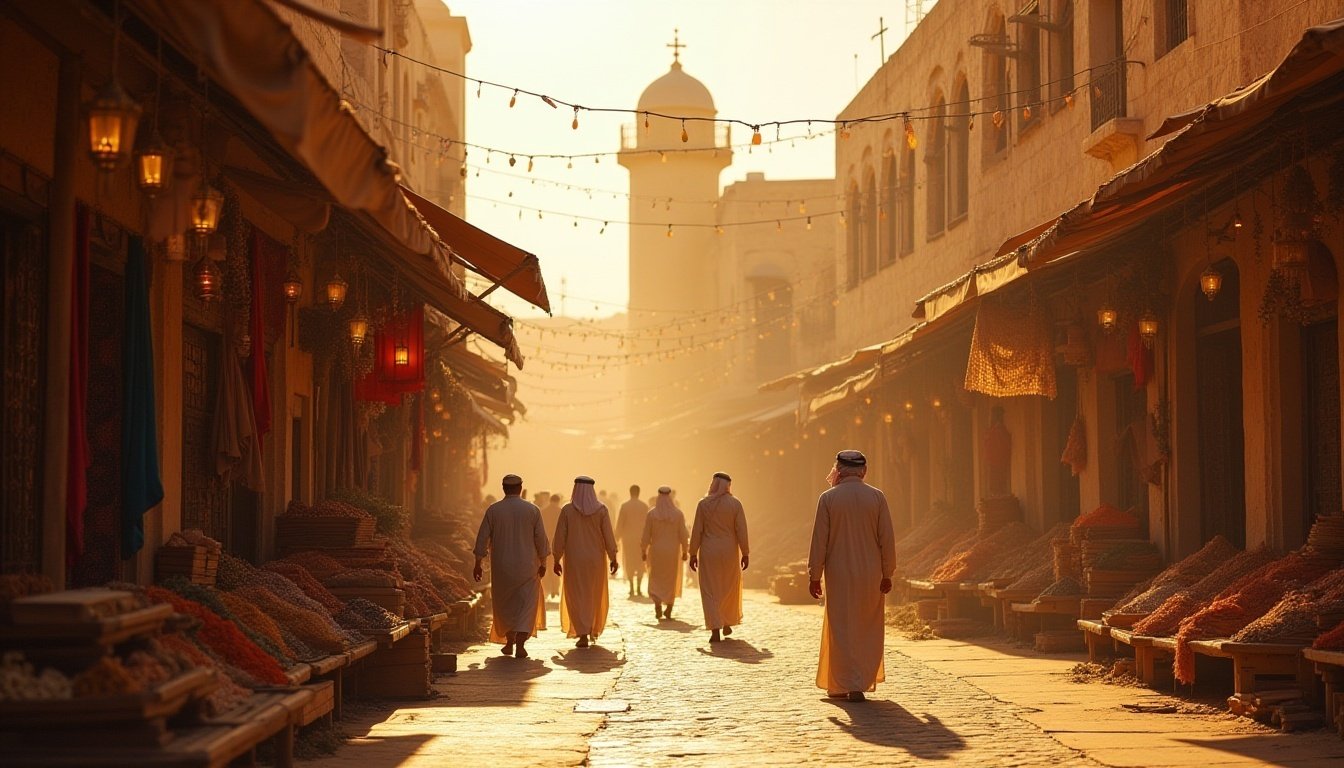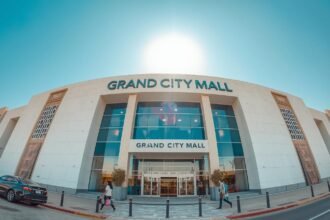High-rise skyscrapers like the Burj Khalifa and opulent shopping centers are frequently thought of when people think of Dubai. Old Dubai, a timeless neighborhood that maintains the city’s history, customs, and cultural charm, is located beyond the contemporary skyline. Old Dubai, with its busy souks and ancient forts, provides a singular window into the history of the Emirate and its development into a major international center.
We will cover every aspect of Old Dubai in this guide, including its background, main points of interest, cultural significance, and the reasons it is still a popular tourist and local destination.
Old Dubai’s History
Dubai was a modest fishing and trading village before it gained notoriety for its upscale retail establishments and futuristic architecture. The city’s lifeline was the Dubai Creek, which linked it to trade routes with East Africa, India, and Persia. Long before oil was discovered, Dubai’s economy was significantly shaped by merchants and pearl divers.
Visitors can experience what life was like in the early 19th and 20th centuries in Old Dubai’s traditional souks, Al Fahidi Historical District, and Al Shindagha.
Old Dubai’s Main Attractions
1.Dubai Creek
The city started in Dubai Creek, in the center ofDubai Heritage Area. For a few dirhams, tourists can travel from Bur Dubai to Deira in traditional wooden boats known as abras. The creek is still a bustling center that provides beautiful views of the city’s past and present.
2. Al Bastakiya, also known as Al Fahidi Historical District
One of Dubai’s oldest neighborhoods is the Al Fahidi District, sometimes referred to as Al Bastakiya. A blend of contemporary creativity and Emirati culture can be seen in its art galleries, wind-tower architecture, and winding lanes. It’s like traveling back in time when you stroll through this neighborhood.
3. Al Fahidi Fort’s Dubai Museum
The Dubai Museum, housed inside the Al Fahidi Fort, is a must-see destination. It features life-size dioramas, historical artifacts, and exhibits about pearl diving, desert life, and the evolution of the city. The fort is still a famous representation of Dubai’s history, despite recent renovations.
4. Conventional Souks
Some of the most well-known traditional markets can be found in Old Dubai:
- The Gold Souk is well-known for its glittering gold decorations and jewelry.
- Spice Souk: A vibrant marketplace brimming with fragrant teas, herbs, and spices.
- Textile Souk: Provides a large selection of clothing, textiles, and traditional attire.
- Both residents and visitors continue to enjoy these souks, which are a reflection of Dubai’s trading past.
5. The Museum of Al Shindagha
The Al Shindagha Museum by the creek offers interactive displays about the ruling family, customs, and Dubai Creek’s influence on the city for a more in-depth look at Emirati heritage.
Old Dubai’s Culture and Lifestyle
Compared to the contemporary areas of the cityprovides an entirely different experience. Life is slower here, and customs are still very much in place. There are small cafes that serve real Arabic coffee, historic buildings that have been preserved to preserve the culture, and Emirati families shopping in the souks.
Additionally, the region is home to cultural institutions such as the Sheikh Mohammed Centre for Cultural Understanding (SMCCU), where guests can partake in traditional meals, guided tours, and education on Emirati traditions.
Activities inDubai Heritage Area
Take an Abra Ride: For a one-of-a-kind experience, cross Dubai Creek in a traditional wooden boat.
Shop the Souks to get deals on gold, spices, textiles, and perfumes.
Savor Traditional Cuisine: Visit neighborhood eateries to sample Middle Eastern and Emirati cuisine.
Explore Heritage Sites: Go to museums, art galleries, and restored wind towers.
Photography: Take in the allure of busy marketplaces, old mosques, and tiny lanes.
Why Go to Old Dubai?
Historic dubai is where the city’s soul resides, even though modern Dubai dazzles with its futuristic developments. By presenting customs, architecture, and historical events that influenced the country, it introduces tourists to the foundations of Emirati culture. It is considered a cultural treasure by tourists. It serves as a reminder to locals of the city’s modest origins.
In comparison to the city’s upscale attractions,historic dubai is also reasonably priced, with many of them being free or extremely reasonably priced. Old Dubai is a must-see location for anyone interested in history, culture, or genuine travel experiences.
Advice for Traveling to Old Dubai
Since most attractions are best experienced on foot, wear comfortable walking shoes.
- Don’t be afraid to haggle; it’s common in souks.
- Come in the evening when it’s cooler and the souks are livelier.
- Respect local customs by dressing modestly.
- Keep cash on hand because some small businesses might not take credit or debit cards.
In conclusion
The cultural center of the city is historic dubai which provides a genuine experience away from the glitz of tall buildings and upscale shopping centers. Old Dubai is a living reminder of the Emirate’s past and customs, from the busy souks and heritage museums to Dubai Creek and Al Fahidi District.
Discoveringhistoric dubai is like entering a time capsule that captures the genuine spirit of this renowned city, regardless of whether you’ve been there for a long time or are just visiting. Don’t forget to include it on your itinerary and learn about the history that shaped Dubai into what it is today.





